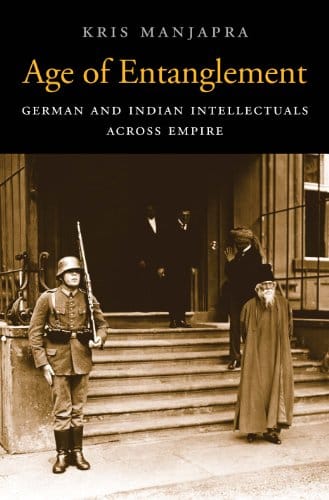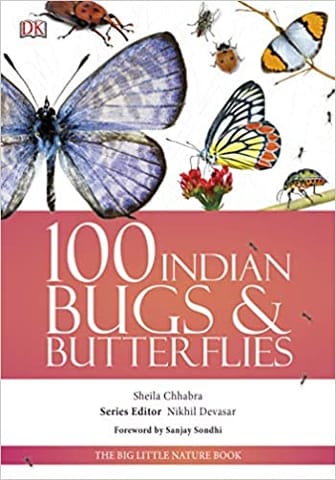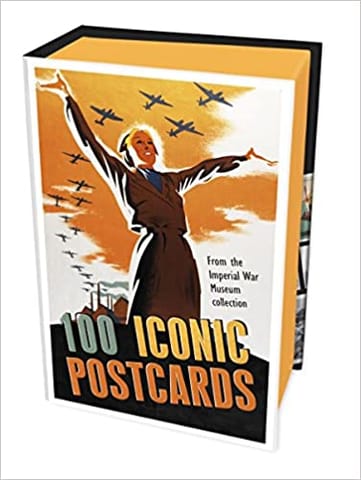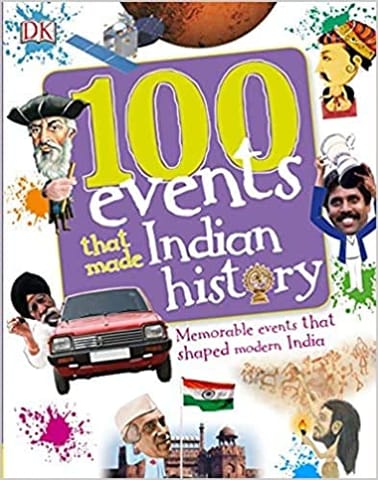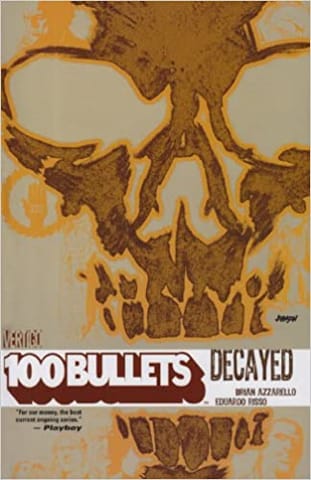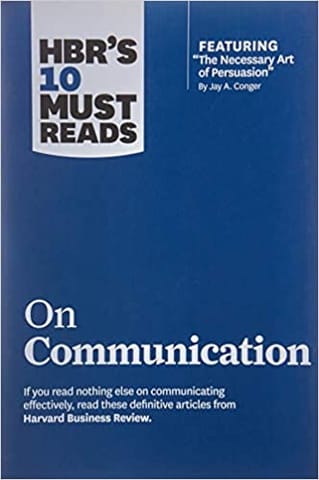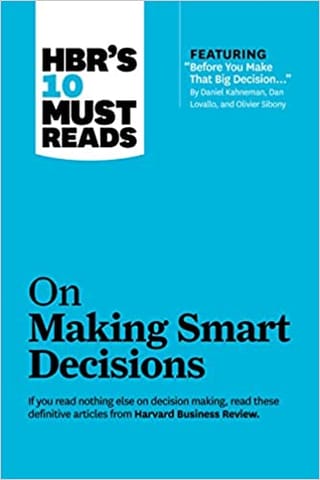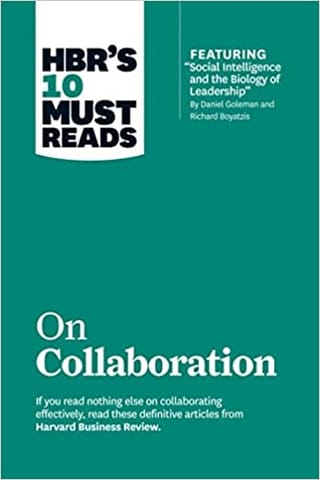Collaborations in the sciences, arts, and humanities produced extraordinary meetings of German and Indian minds. Meghnad Saha met Albert Einstein, Stella Kramrisch brought the Bauhaus to Calcutta, and Girindrasekhar Bose began a correspondence with Sigmund Freud. Rabindranath Tagore traveled to Germany to recruit scholars for a new university, and Himanshu Rai worked with Franz Osten to establish movie studios in Bombay. These interactions, Manjapra argues, evinced shared responses to the hegemony of the British empire. Germans and Indians hoped to find in one another the tools needed to disrupt an Anglocentric world order. As Manjapra demonstrates, transnational encounters are not inherently progressive. From Orientalism to Aryanism to scientism, German-Indian entanglements were neither necessarily liberal nor conventionally cosmopolitan, often characterized as much by manipulation as by genuine cooperation.
9780674725140-- Home
- Popular Categories
- Age of Entanglement: German and Indian Intellectuals across Empire (Harvard Historical Studies)
Age of Entanglement: German and Indian Intellectuals across Empire (Harvard Historical Studies)
Author: KRIS MANJAPRA
Brand: Harvard University Press
| VARIANT | SELLER | PRICE | QUANTITY |
|---|
Description of product
Collaborations in the sciences, arts, and humanities produced extraordinary meetings of German and Indian minds. Meghnad Saha met Albert Einstein, Stella Kramrisch brought the Bauhaus to Calcutta, and Girindrasekhar Bose began a correspondence with Sigmund Freud. Rabindranath Tagore traveled to Germany to recruit scholars for a new university, and Himanshu Rai worked with Franz Osten to establish movie studios in Bombay. These interactions, Manjapra argues, evinced shared responses to the hegemony of the British empire. Germans and Indians hoped to find in one another the tools needed to disrupt an Anglocentric world order. As Manjapra demonstrates, transnational encounters are not inherently progressive. From Orientalism to Aryanism to scientism, German-Indian entanglements were neither necessarily liberal nor conventionally cosmopolitan, often characterized as much by manipulation as by genuine cooperation.
Renting Guidelines
Specification of Products
| Brand | Harvard University Press |
Related products
User reviews
INFORMATION
ADDRESS
Trubrain Education India Pvt Ltd"VV Square"building, Plot.No.TS 710/1b1 & 2B1, CMC Ward No 18, Moka road, Gandhinagar, Ballari-583 101.
Bellari
Karnataka - 583101
IN
With a noble objective of redefining school education by implementing innovative learning and teaching methodologies, S. K. Educations Pvt. Ltd an ISO 9001:2008 organization, has initiated its model schools under the brand name of Academic Heights Public School. Incorporating a truly new-age academic metaphor, AHPS aims at enriching each student’s intellect with higher degree of knowledge and moral values that go a long way in laying the foundation of a successful and contented life.
S. K. Educations, established in 1995, has proven its superiority in the arena of pre-school education in India with its benchmark Bachpan brand that is spread all across the country. With more than 1000 schools, Bachpan is now trusted and most cherished play school education brand for its great learning aids and education methodologies. And now AHPS has been conceived to extend the same proven education methodologies at the formal school level.
Academic Heights Public Schools, with its 100 schools across the country, strives to instill the value of education to the subconscious level of the students. Thus at AHPS, education is an inspiration not a compulsion. The intuitive instructional methods have been practiced to promote the spiritual, moral, cultural, mental and physical development of the pupils. The idea is to empower the students with creative and imaginative instincts that will give them better problem-solving skills in every aspect of life.
AHPS, with its modern schools equipped with all facilities, aims at chiseling the young brains to make them winners in their lives. The students passed out from AHPS are the real assets to the society and the Nation.

